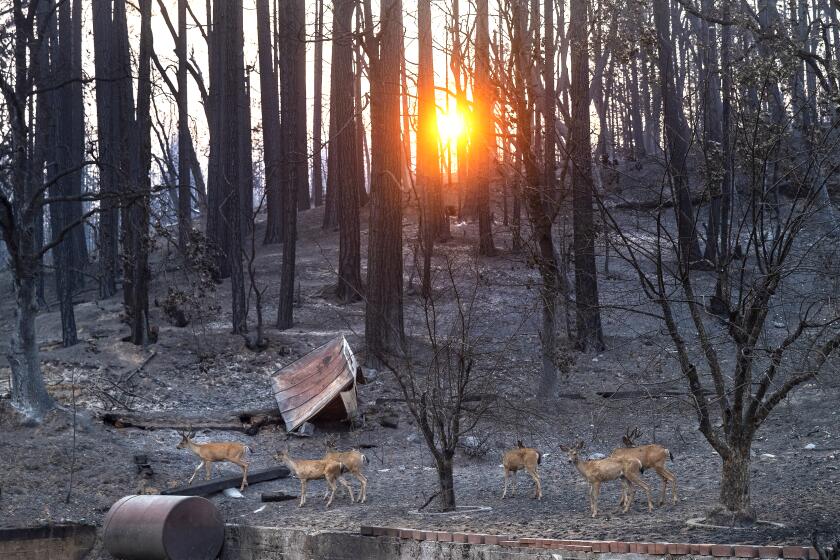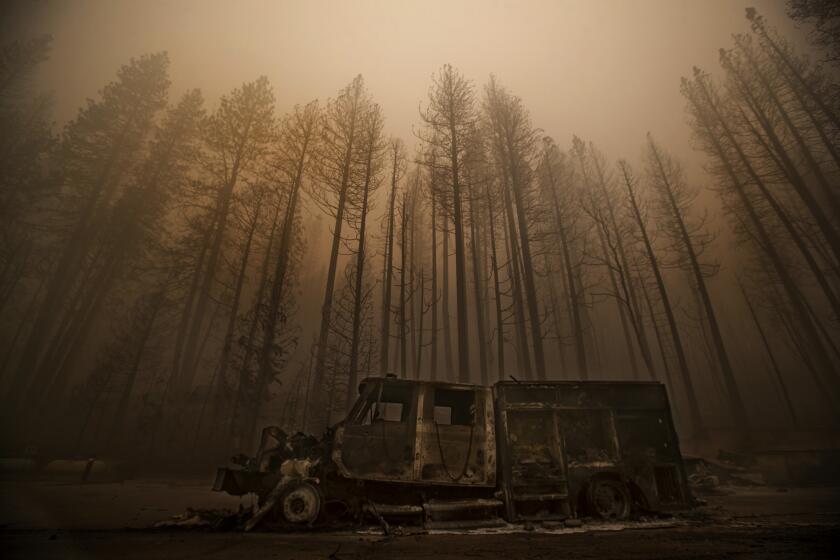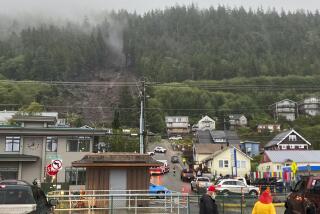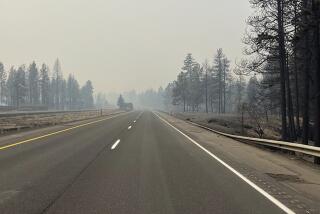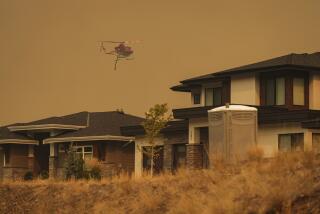Pacific Northwest and Canada hit by heavy floods, with at least one dead
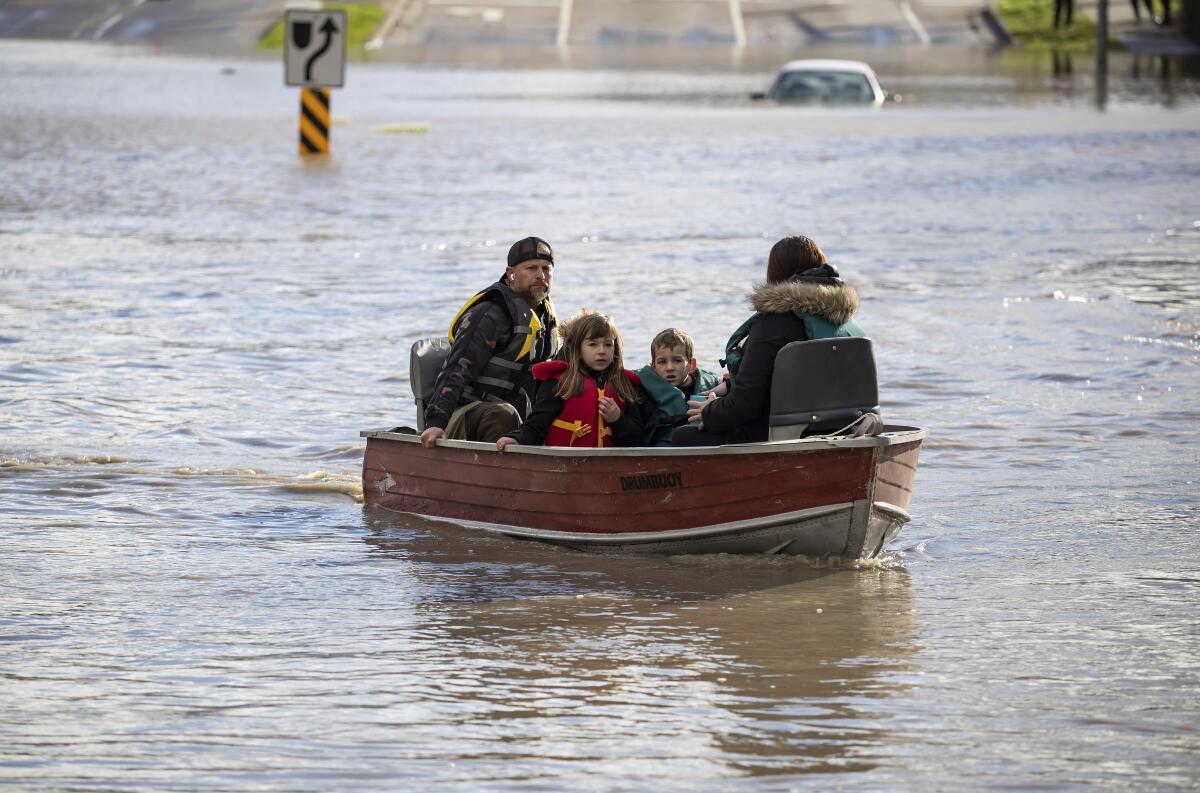
BELLINGHAM, Wash. — As many parts of western Washington state began drying out Tuesday after a storm that dumped rain for days, waters in some areas continued rising, more people were urged to evacuate and crews worked to restore power and reopen roads.
Officials in the small city of Sumas, Wash., near the Canadian border, called the flood damage there devastating. Officials said Tuesday on Facebook that hundreds of people had been evacuated and estimated that 75% of homes had water damage.
The rains were caused by an atmospheric river — a huge plume of moisture extending over the Pacific and into Washington and Oregon.
The soaking reminded people of western Washington’s record flooding in November 1990, during which two people died and there were more than 2,000 evacuations, officials said.
“These families and businesses need our prayers and support as we start the process of cleanup and rebuilding over the next few days,” the Facebook post said.
Across the border, the body of a woman was recovered from a landslide northeast of Vancouver, Canada, that was triggered by record rainfall. Royal Canadian Mounted Police said at least two other people were reported missing.
An atmospheric river could unleash debris flows and flash flooding across Northern California, especially in areas scorched by fire.
Fast-rising water levels from Sumas River in Washington overwhelmed rescuers in the Canadian town of Abbotsford on Tuesday, where 1,100 homes were evacuated. Those residents joined thousands of others in the province of British Columbia who were forced from their homes by floods or landslides starting Sunday night.
Abbotsford Mayor Henry Braun said Tuesday that impassable highways were creating havoc as authorities tried to get people to evacuation sites.
“It breaks my heart to see what’s going on in our city,” he said.
Southwest of Sumas, a 59-year-old man from Everson, Wash., remained missing after his truck was swept into a flooded field and he had been clinging to a tree.
New study says climate change is essentially two-thirds to 88% responsible for the conditions driving wildfire woes in the western United States.
Crews partially reopened the West Coast’s main north-south highway, the I-5, near Bellingham, Wash., following its complete closure overnight because of mudslide debris. The northbound lanes remained closed Tuesday evening as crews continued working.
Additionally, six railroad cars that had been sitting on tracks in a BNSF rail yard in Sumas derailed in the flooding Tuesday, said Lena Kent, BNSF general director of public affairs. Trains in that location and others in western Washington won’t be running until water recedes and tracks are inspected and repaired if necessary, she said.
Canada’s two largest railways expect that it will take several days to clear track outages in southern British Columbia that are hindering the movement of goods to the port in Vancouver.
In the northern Washington city of Ferndale, officials Tuesday urged people in homes and businesses to evacuate in an area near the rising Nooksack River. Bystanders near the town’s main street rescued a man Tuesday who mistakenly drove into floodwaters. The half-dozen people waded into waters up to their chests and pushed the floating car to drier ground.
Toward a more sustainable California
Get Boiling Point, our newsletter exploring climate change, energy and the environment, and become part of the conversation — and the solution.
You may occasionally receive promotional content from the Los Angeles Times.
It was the second major widespread flood event in the northwest part of Washington state in less than two years, and climate change is fueling more powerful and frequent severe weather, Whatcom County officials told the Bellingham Herald.
About 5.57 inches of rain fell at Bellingham International Airport from Saturday through Monday. The normal monthly rain total is 5.2 inches for November, according to National Weather Service data.
At the height of the storm, more than 158,000 electrical customers in western Washington on Monday had no power as wind speeds reached 60 mph, including one gust of 58 mph at Seattle-Tacoma International Airport. Schools in and around the city of Bellingham were closed Tuesday for the second day in a row.
West of Seattle on the Olympic Peninsula, the U.S. Coast Guard helped local authorities evacuate about 10 people Monday near the town of Forks.
More than 31,000 Washington state electrical customers remained without power Tuesday.
Washington Gov. Jay Inslee on Monday declared a severe weather state of emergency in 14 counties.
More to Read
Sign up for Essential California
The most important California stories and recommendations in your inbox every morning.
You may occasionally receive promotional content from the Los Angeles Times.
